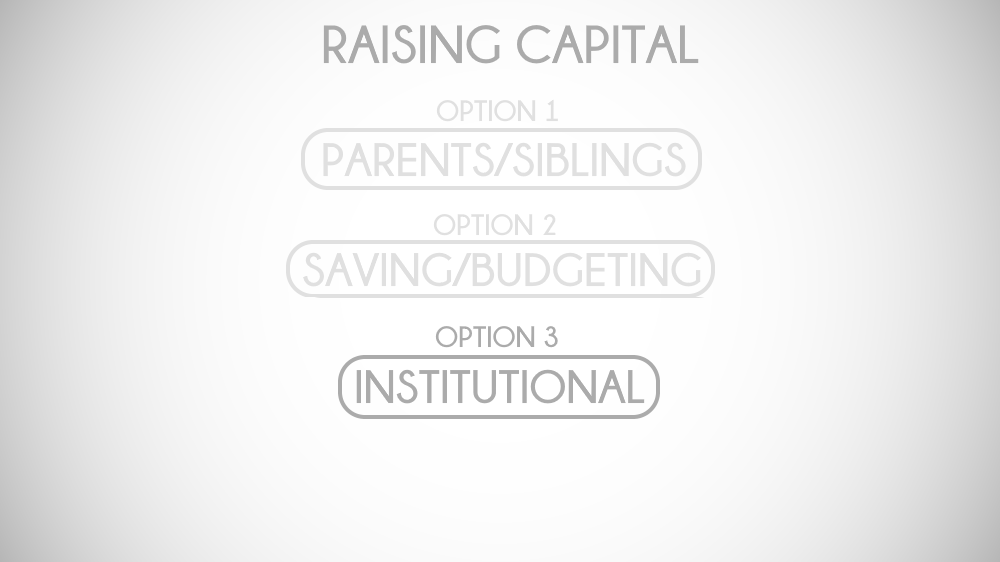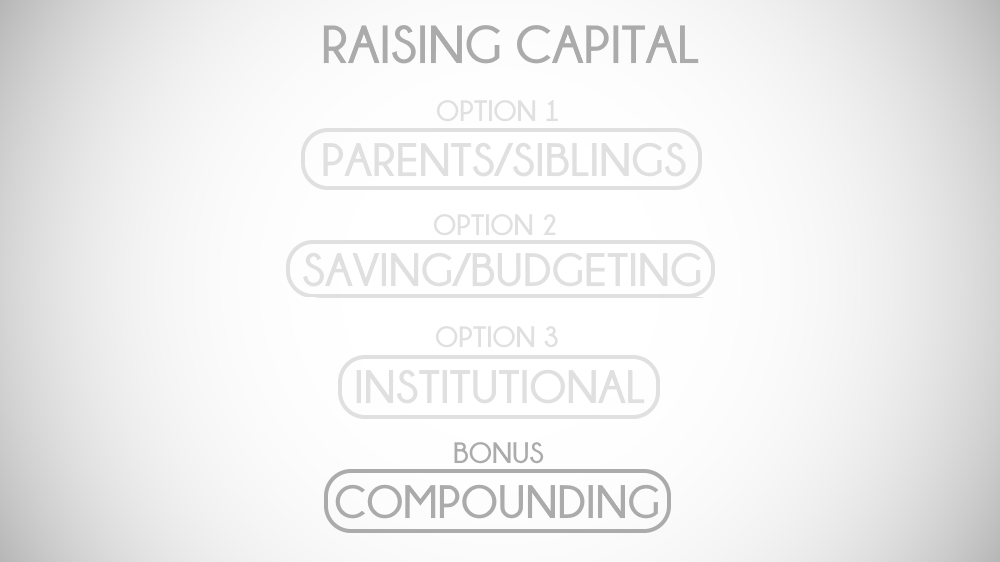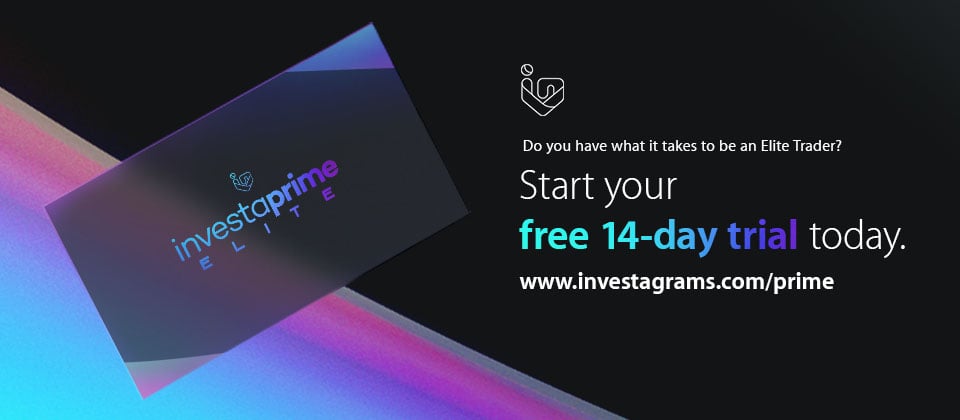For most people, the moment they start learning strategies and demo trade here and there, they can’t wait to put their money in their brokers ASAP.
But another question arises…
“Should I trade with the extra money?”
“I don’t have any source of income, how should I get capital?”
“Should I go all-in with my savings to trade the stock markets?”
So, in this guide, I’ll be sharing with you different ways on how you can start (and grow) your trading business.
It doesn’t matter whether you are a student, an employee, or an already consistently profitable trader.
But first…
Let’s be clear
If you want to start a trading business because you need to pay your lifestyle, or immediately want to replace your full-time job…
Then I highly suggest you don’t, as the worst time to start a business is through desperate times.
Yes, having a business can give you exceptional rewards, but it does not guarantee you a fixed income all the time, or even a return of investment.
Which is why trading is a business that should not be approached with an employee mindset.
But if you will approach this trading business in such a way that you’re…
- going to build a personal and financial empire, instead of trying to survive
- acting from your vision instead of your fears
- ready to learn the skills needed (and to pay the price) to become an exceptional trader
Then I can almost guarantee you that you will enjoy this amazing journey of a lifetime.
So let’s start…
#1: Your Most Supportive Investor

This may not sound like a grown-up move but they can be your #1 supporter and first investor even if you don’t have any track record.
But you have to let them be aware that trading in the financial markets is not a get rich quick scheme.
So never make promises or guaranteed returns to them.
Another thing that you should do is to show them that you are going to trade the markets with a plan and not just enter and exit randomly.
Your trading plan may constantly change as a newbie, but let them know that you are not starting with “lack” as this is good for you and your “investor”
Finally…
Make sure they won’t sacrifice important payments or be in debt to give you capital.
Because IF the worst happens, you don’t want your decision to trade the markets affect your whole family.
Next…
#2: Using Your Hard-Earned Cash Properly

As an employee, it’s easy to say that you should save money and invest extra funds.
But trading is not just a side hustle or a part-time job, it is a business that requires commitment and energy.
So one thing you must do first is to…
- Build a safety net
You must have a 3-6 month emergency fund in case something happens, and eliminate consumer debts.
Because the last thing you ever want to do is to trade because you need to pay the hospital bills or pay your debts as it puts your mind in an environment where you will be forced to perform and expect guarantees in the market.
- Have a budget plan
Always remember that a budget plan is goal-oriented.
So there’s no such thing as a fixed rule or percentage on managing your money, it is up to you!
But having it will always set your priorities straight, fulfilling responsibilities and personal goals at the same time.
As an example, you can allocate your monthly income to the following
• 25% = Needs/Expenses
• 25% = Wants/Self-Investment
• 15% = Passive investing
• 35% = Trading capital
Again, this is just an example.
So you want to ask yourself what you want and adjust the percentages accordingly.
Overall, I want you to know that what we are doing here is to put you in the right environment to trade.
Moving on…
#3: Taking Your Trading Into The Next Level

I highly suggest that you choose this step once you have found consistency in the markets, and not when you’re just starting, but here are some sources you can consider…
1. FTMO (Paid):https://ftmo.com/en/welcome/#objectives
You must complete their challenge of profiting at least 1% and not lose more than 1% within 30 days
You can get funded up to $100,000 but this will depend on the challenge FEE you will pay
If you are someone who trades the forex markets as a momentum or day trader, then this is for you, as the challenge and time required is quite short.
2. PSYQUATION (Free): https://psyquation.com/
To qualify, you must have a PQ score above 75 with a 6-month track record on their platform.
You can receive funding up to 150,000 AUD and 20% of profit is yours, all you need to do is to use your trading capital and build a track record.
Again, if you are someone who trades the forex markets, then this is for you.
3. FUNDSEEDER (Free): https://fundseeder.com/home
It is a platform led by Jack Schwager, but conditions and funding amount is not disclosed.
You can also trade any financial markets in the world with their accredited brokers, so if you are someone who trades global markets, then this is for you.
Now…
The reason why I mentioned that you should only choose this step if you’ve already found consistency is because pursuing institutional funding or managing other people’s money with an inconsistent and self-destructing trading habit is like pouring fuel over a fire.
So if you haven’t found consistency within yourself yet, then the chances of you finding consistency with other’s money are unlikely.
Finally…
Bonus: Controlled “Tuition” Fee

If you want to start your trading journey with having “low risk” and “high reward,” then this method is for you.
Let me give you an example…
If you are dedicating a ₱100,000 trading capital to trade the markets, only put ₱20,000 (20%) on your trading account as you start trading.
Once you gain consistency in the markets and not lose everything for the first 3 months (depending on trading style)…
Place another 20% of your initial budget capital into live trading.
If you mess things up early but only put 20% of your budget into live trading, then you have experienced a learning opportunity (the reward) at a low cost
On the other hand, if you managed to allocate 100% of your capital budget, then you’ve reached the stage of consistency that’s above the majority!
Remember, confidence comes from competence and something you must prove to yourself gradually.
So…Which Option Should You Pick?
Overall, every person is unique and has different circumstances.
So, you can choose an option on how you can raise capital, and then improve on it, or tweak it in a way that’s appropriate to your situation.
With that said…
What are the other ways on how you can raise trading capital (legally)?
Let me know in the comments below.

Contributor: Jet Toyco
Investagrams Username: @Jet_Toyco
About the Contributor:
Jet Toyco is a private executive trading coach and a systematic trading portfolio fund manager at TradingwithRayner.
He is also a public helper of the trading community that is always open to questions anytime to give the knowledge people deserve at no cost, and no hype.

